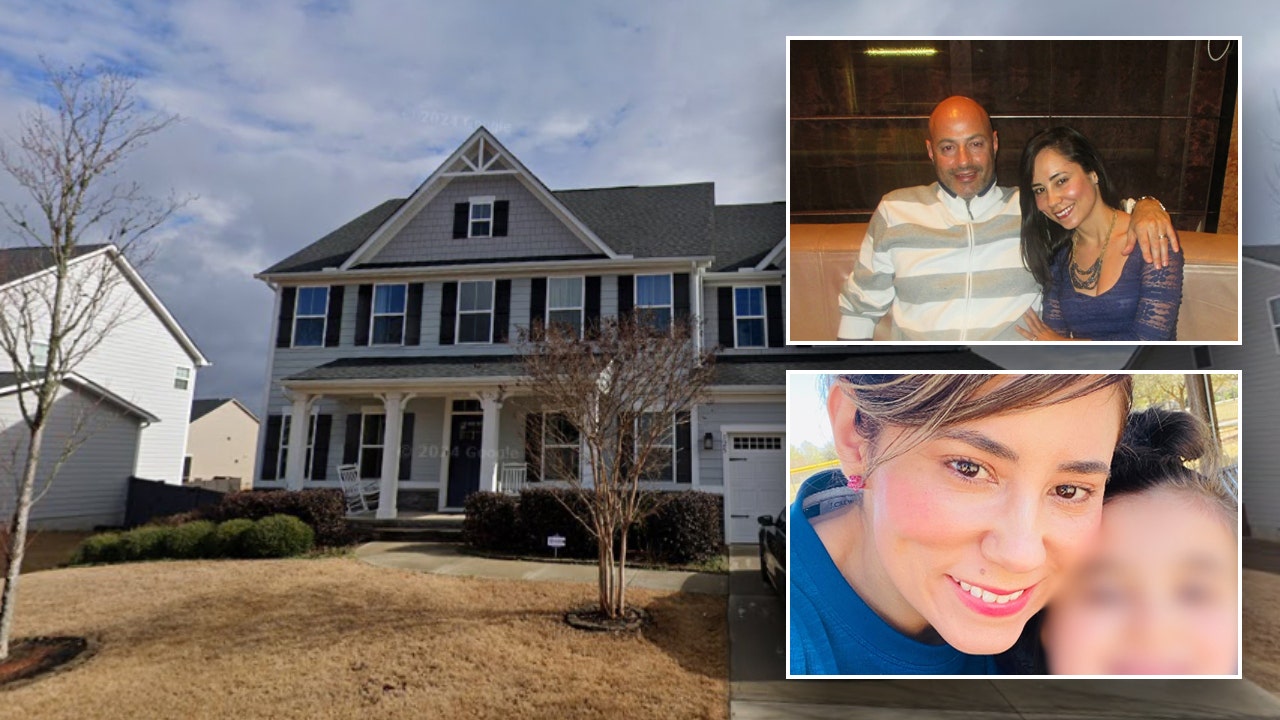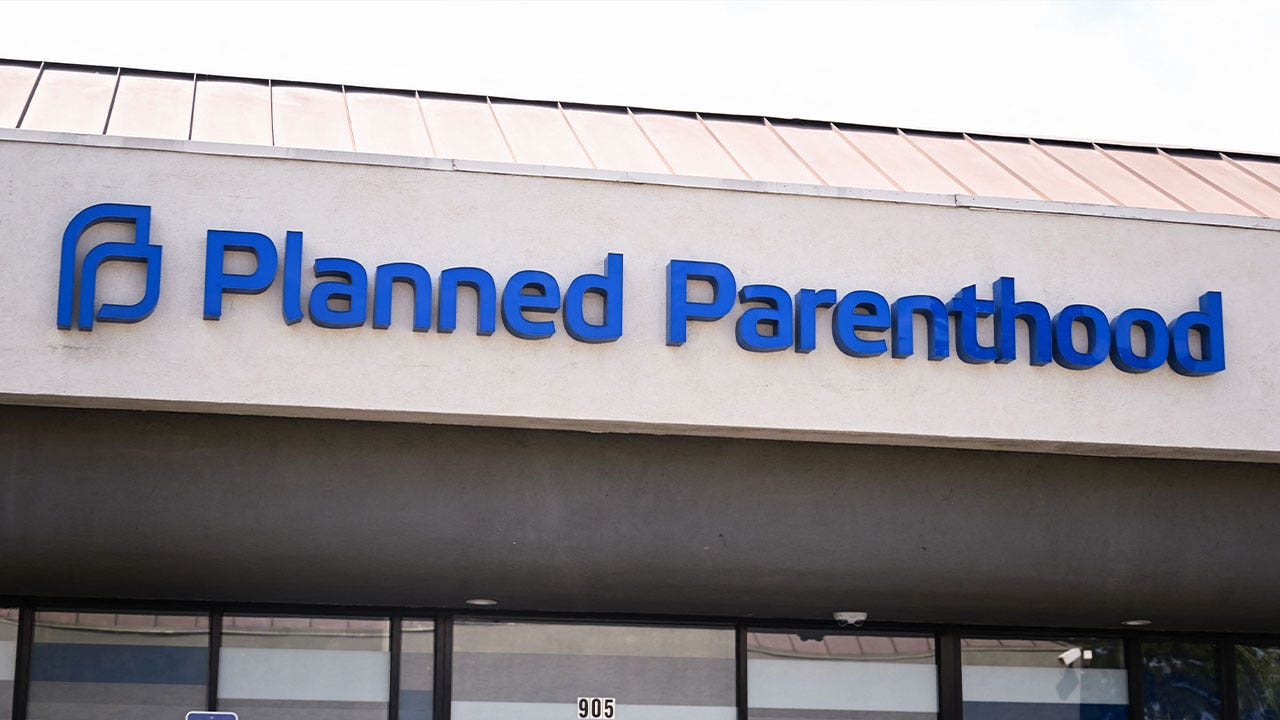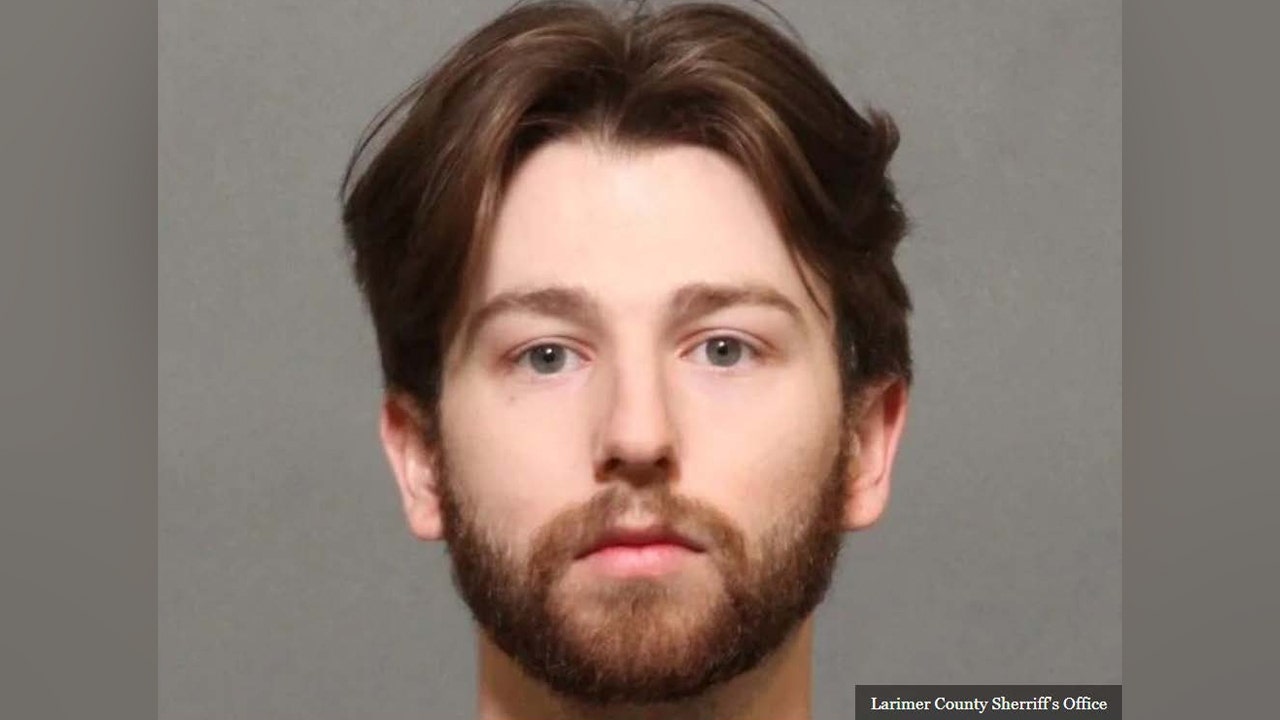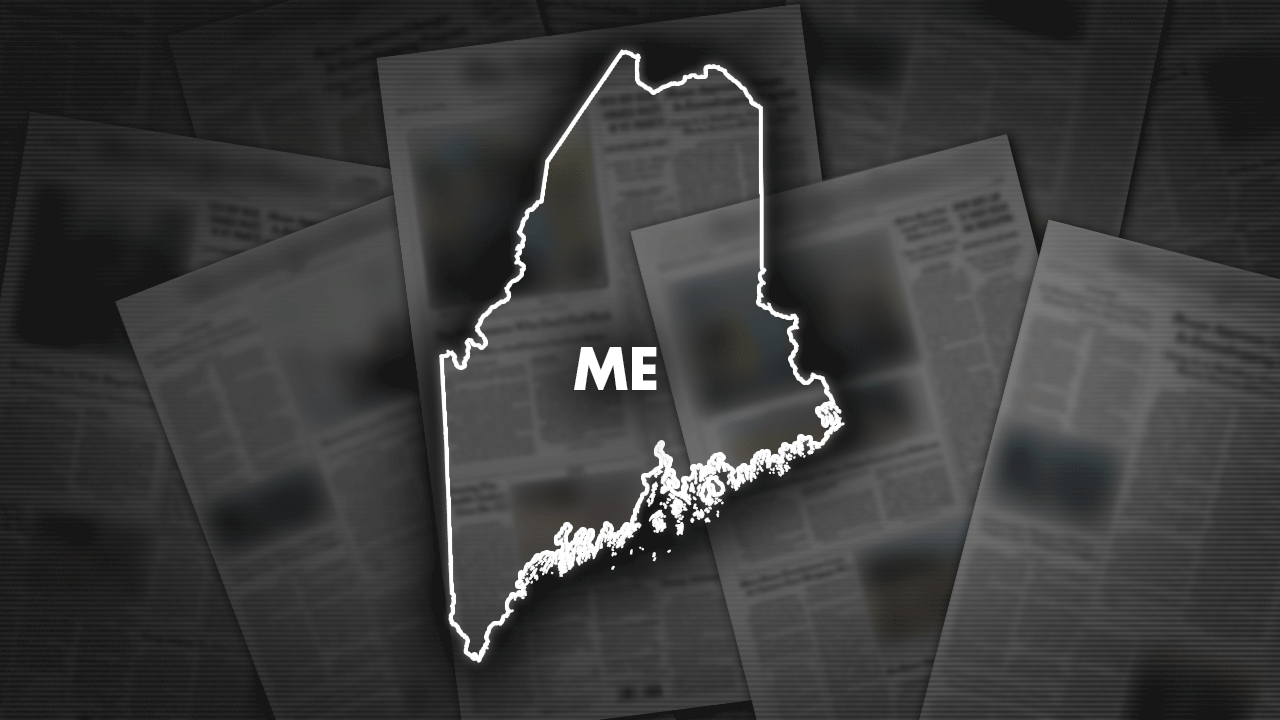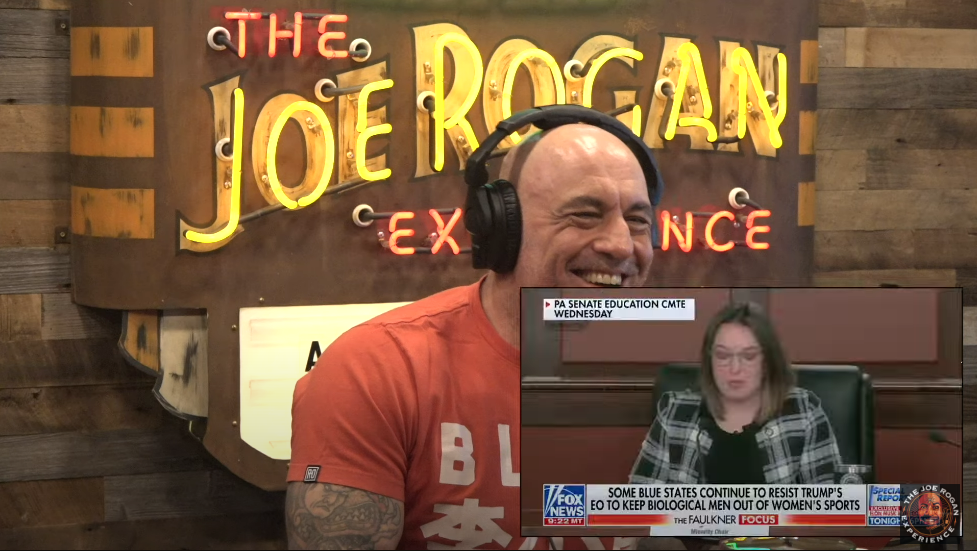Posted on Saturday, March 29, 2025
|
by Outside Contributor
|
0 Comments
|
Student loan payments have been due for six months now—yet no one seems to have told the students.
The federal government effectively suspended payments on student loans for four and a half years due to the COVID-19 pandemic, leading many borrowers to lose touch with their loan servicers and disengage from the repayment system. False promises of loan cancellation led to confusion and bitterness. As of October 2024, student loan payments are due again—but it should come as no surprise that less than half of borrowers are making them.
The Education Department hasn’t updated its official student loan repayment statistics since September. But Nelnet, the largest federal student loan servicer, provided me with data on the repayment statuses of the roughly 13 million borrower accounts they handle. The picture is dire.
In February 2020, the last month before the payment suspension took effect, 60 percent of Nelnet’s borrowers were in current repayment on their loans. By February 2025, the share in current repayment had dropped to just 38 percent. Current repayment rates have not risen above 40 percent in the past five months since the payment pause effectively ended.
Around 20 percent of Nelnet’s borrowers are delinquent on their loan payments—a significant spike relative to pre-pandemic delinquency rates. Those delinquencies are now being reported to credit bureaus. Borrowers who continue failing to make their payments will eventually default, at which point they become subject to debt collection efforts such as the seizure of tax refunds and Social Security payments. “Without intervention, we anticipate the largest wave of defaults in the student loan program’s history—upwards of 3.5 million borrowers,” Nelnet says.

The other 42 percent of Nelnet borrowers are in deferment or forbearance. Many of these borrowers are enrolled in the Biden administration’s SAVE repayment plan, which is enjoined pending the outcome of legal challenges. The Education Department placed SAVE borrowers in forbearance while the challenges work their way through the courts. But the forbearance must eventually end when the court cases are resolved, leaving millions more borrowers at risk of delinquency and default.
Not only has student loan nonpayment spiked, but it now affects different types of borrowers. Student loan defaults were distressingly common pre-pandemic, but they mostly occurred among borrowers who already had a rocky credit record. Most pre-pandemic student loan defaulters had credit scores below 600, and they were roughly three times as likely as non-defaulters to be in collections on another debt, according to research by Kristin Blagg of the Urban Institute.
That has changed. Borrowers with good finances and sterling credit records, who could probably make their payments easily, have seen their loans fall delinquent. Many of these borrowers simply aren’t aware that payments are due again. Those with better credit have more to lose: data from Credit Karma shows that delinquent borrowers with the best credit records saw an average 137-point drop in their credit scores.

Spiking delinquencies should have been foreseeable. Four and a half years is a long time to go without making payments—borrowers move, stop paying attention to their loans, and lose contact with their servicers. The federal government has confused borrowers with conflicting and underwhelming messages about the return to repayment. The Biden administration made no real effort to alert borrowers about the end of the pause. The new Trump administration, meanwhile, has been distracted with other priorities.
The key to avoiding delinquencies is reestablishing contact with borrowers and clearly communicating their obligations to repay their loans and options to do so. But that takes resources—every call servicers place to borrowers demands an agent’s time, while every attempt to trace a missing borrower requires money—and Congress has appropriated no additional funds for the task.
A wave of delinquencies and defaults isn’t just a danger for borrowers—taxpayers are also at risk if loan repayments plummet. A 38 percent loan repayment rate, if it persists, is bad news for the Treasury. An administration and Congress focused on government efficiency may want to tackle the student loan nonpayment crisis before it is too late.
Preston Cooper is a senior fellow at the American Enterprise Institute (AEI), where his work focuses on higher education ROI, student loans, and higher education reform.
Reprinted with Permission from AEI.org – By Preston Cooper
The opinions expressed by columnists are their own and do not necessarily represent the views of AMAC or AMAC Action.
Read the full article here


